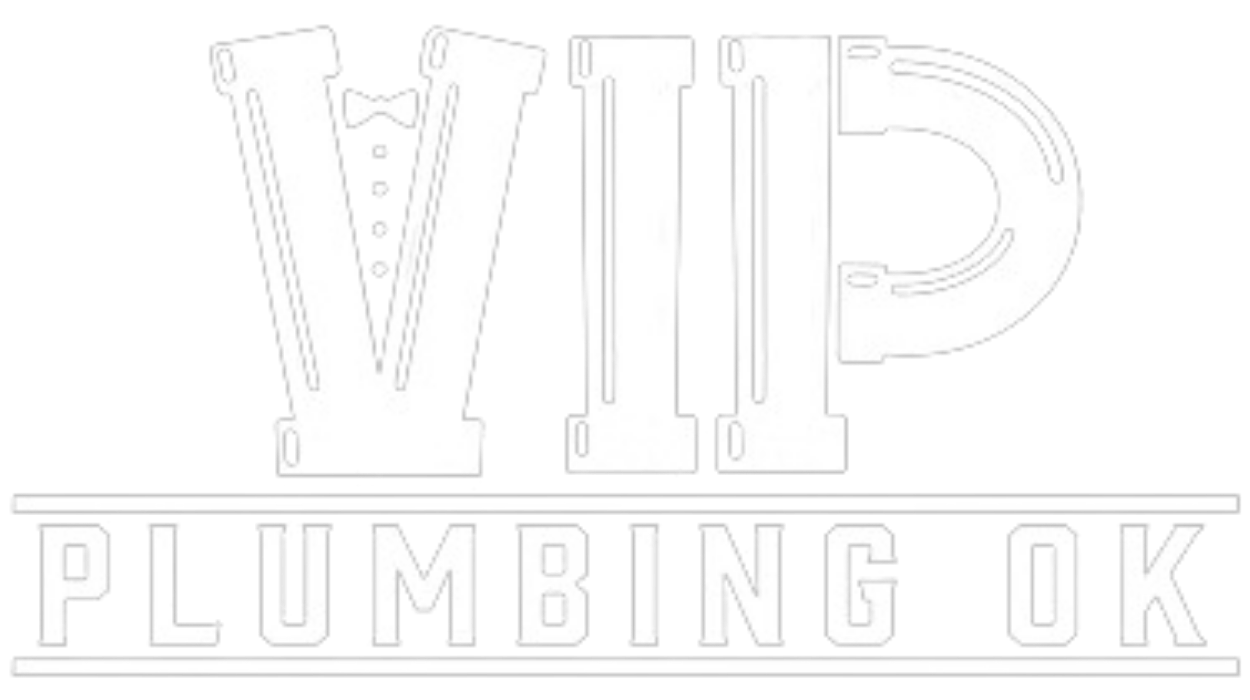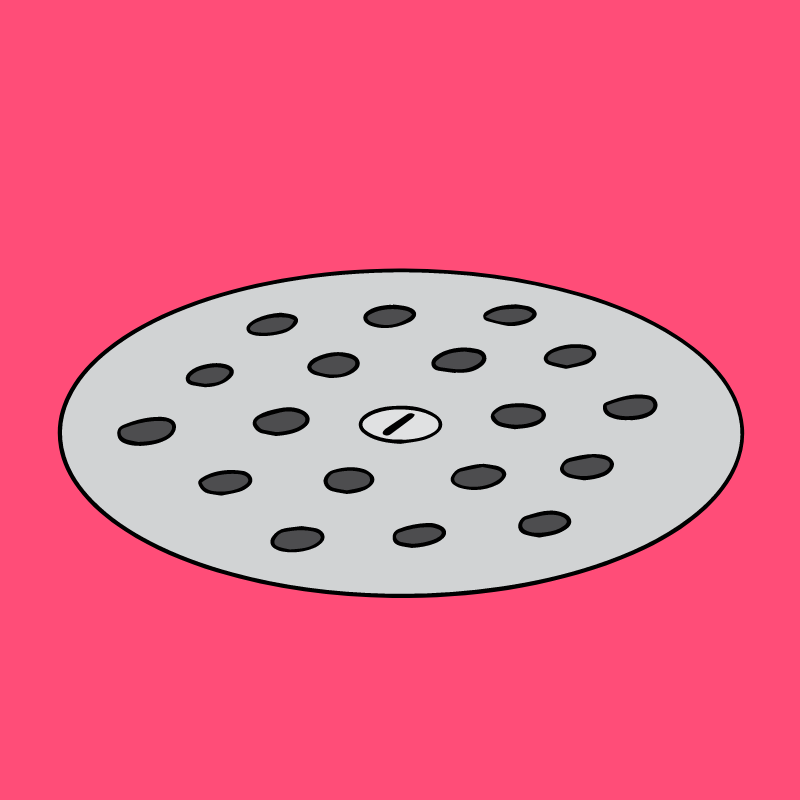A shower can be the most delightful part of the day, but when a smelly drain is there to greet you, it can turn this refreshing experience into a never-ending cleaning frenzy. Understanding the common causes of bad-smelling drains gives homeowners a chance to rectify this problem using common household products. We will also address more serious plumbing problems that only a trained professional should address. These would include blockages deep within a plumbing system or pipes that are being invaded by thirsty tree roots.
Regardless of the causes, it is imperative to remedy this situation quickly, not only for the comfort of those using the shower but also for the safety of the home. Foul-smelling drains can be precursors to costly repairs and mold and mildew growth that can endanger one’s health.
Common Causes Of A Smelly Shower Drain
Assuming regular cleaning is being provided, a bad-smelling shower can be frustrating when the root problem is unknown, and attempts at cleaning it have failed. Here are five
possible reasons a shower drain can become smelly.
Clogs
A lot of debris is rinsed down a shower drain, including oily hair and body cleansing products, loose hair, and even exfoliated dry skin. In older plumbing or pipes that have been affected by hard water minerals such as calcium and magnesium, which cause pipe linings to deteriorate, these particles get caught and begin to accumulate in the drains.
Over time, the accumulated waste begins to decompose, creating bacteria known as biofilm, which appears as a sticky substance. As more wastewater passes, the tacky biofilm acts as a magnet, multiplying the amount of trapped debris, leading to slow-to-empty or completely clogged drains.
Dry P-Trap
Beneath the shower floor, as part of the drainage system, sits a P-trap designed to keep sewer gases from entering the bathroom’s living space. It works by holding a small amount of water in the curved section of the drain pipe, which acts as a water barrier to seal off the hydrogen sulfate gases created by sewage. The release of these gases will lead to a smelly drain.
If the P-trap should dry out for any reason, the sewer gases will easily seep into the bathroom from the sewer line through the drain opening. A dry P-trap can be restored by running a few cups of water down the drain. However, if the trap continuously dries out, a cracked trap is likely the issue.
Mold
Mold can grow in a shower for a variety of reasons, from missing grout to poorly applied caulk. It can also come from water flowing outside the drain and seeping into the surrounding floor joists.
You will recognize a mold problem because of the musty smell that accompanies it. Mold spores release gas with a distinct smell, which, if breathed in, can lead to headaches, dizziness, and a constant state of feeling tired.
Small amounts of surface mold can be removed using a dilution of bleach and water, but for mold located outside the shower drain, a professional is needed.
Leaks
Within the confines of a shower, there are several opportunities for leaks to occur, from the showerhead clogged with limescale to the mixer valve that controls the water temperature, but the shower drain itself can also leak. Water can infiltrate behind walls and ceilings from a loose drain connection, a worn or damaged rubber gasket, a cracked flange, or, as already stated, a drainpipe clogged with debris.
Sewer Line
When the sewer line becomes blocked by tree root intrusion or from products and waste disposal inconsistent with a well-working sewer line, the result is often a backup. This can cause raw sewage to reverse directions and spew out of interior drains in a home, creating an unsanitary situation and a plumbing emergency. When a backup occurs there will be more than foul odors emanating from the shower drain!
Remedies
When the smelly drain problem is superficial, such as a dry P-trap, homeowners can usually fix it themselves. However, some more difficult plumbing problems that result in smelly drains will need to be addressed by a professional plumber.
DIY
For minor clogs, a hand plunger is likely all that is needed. If that method fails, a plumbing snake can be used to clear the drain of any accumulating materials.
As stated, small amounts of mold can be removed by a homeowner, but homeowners should be sure to wear protective gear and ventilate the bathroom as much as possible.
A general cleaning of the shower drain should be conducted monthly by combining baking soda and distilled white vinegar. The chemical reaction between these two substances will clear the drain pipe of loose debris and keep it smelling fresh.
Professional
When a foul-smelling drain results from damaged plumbing parts, it is best to call in the professionals. Some repairs can be completed from inside the shower, while others require opening the ceiling under the shower to address the problem.
Any bad smells emanating from deep within the plumbing system will require a professional plumber. The bad-smelling drain is simply a warning sign that serious sewer line issues are in play. A camera inspection would likely be recommended so a clear account of what is happening underground can be assessed.
Looking To Remedy A Foul Smelling Shower Drain?
We are the experts in the area dedicated to locating and repairing plumbing issues that lead to bad-smelling shower drains. When you notice an odor coming from your shower drain, do not wait, thinking it will go away. Often, the faster you can call for help, the better since a prompt response time will reduce costly damages and prevent the dangers of mold and mildew growth.
We are licensed and insured and have the knowledge, equipment, and expertise to return your shower drain to its pristine condition while repairing whatever plumbing issue is creating the bad smell. Call us today to schedule an appointment!

